-
Sartoria
Crediamo in un mondo in cui gli spazi si adattano alle persone.
Nuovi sentieri ancora da esplorare per inventare un’originalità essenziale.
COLLECTIONS
-
ARTIGIANALITA’ TRADIZIONALE E QUALITA’ MODERNA
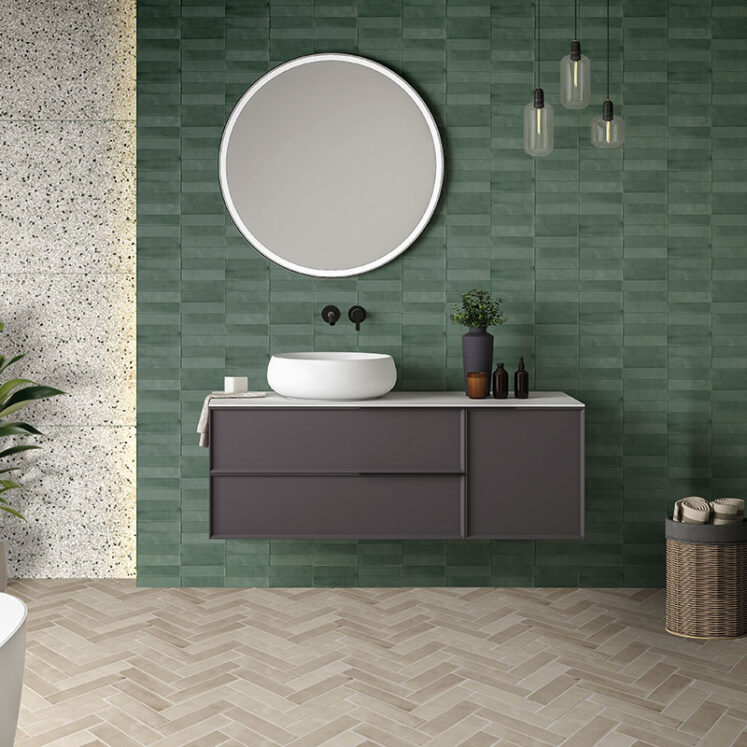
-
IL FUTURO ATTRAVERSO LE LENTI DEL PASSATO
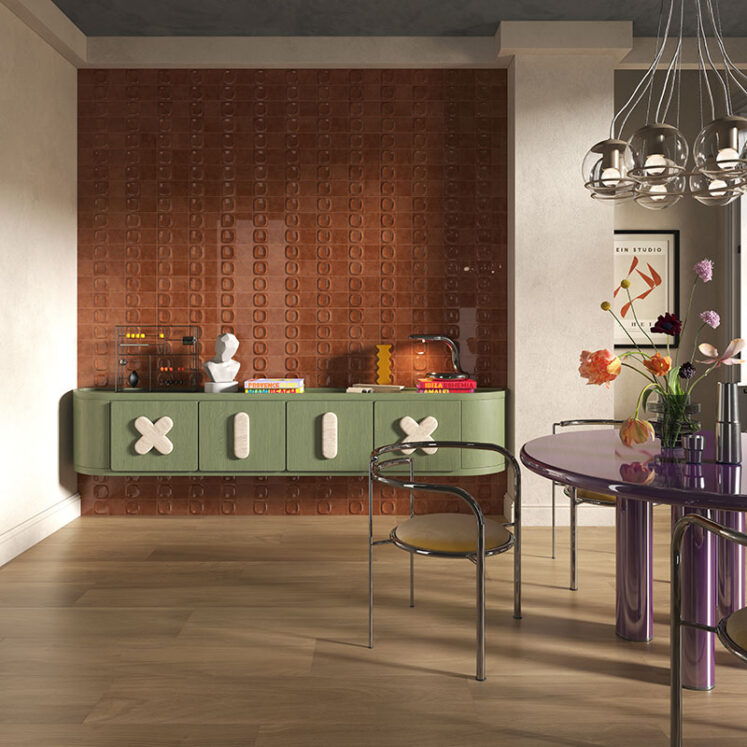
-
WALLPAPERS: UNA NUOVA ESPERIENZA
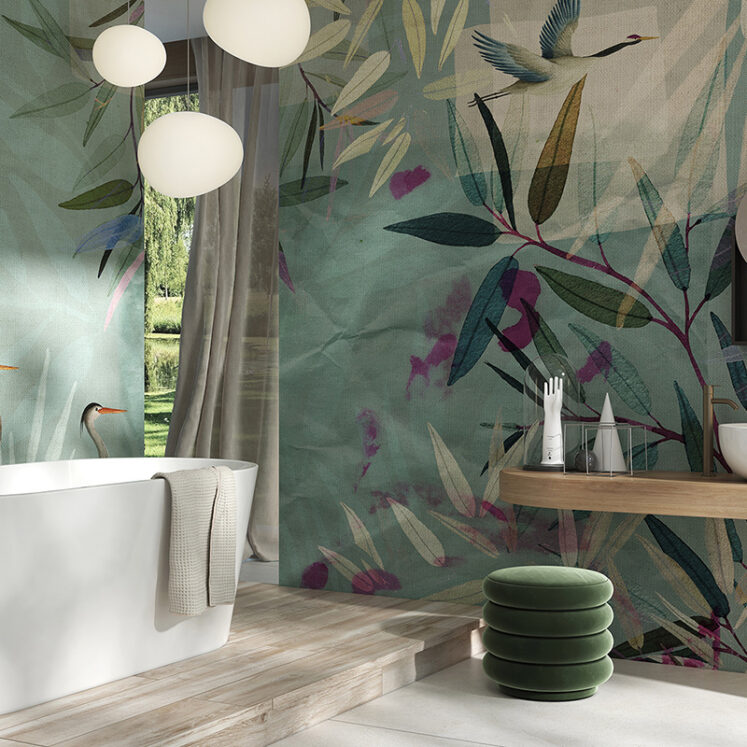
-
VIBES, MELODIA DI VOLUMI E TRAME
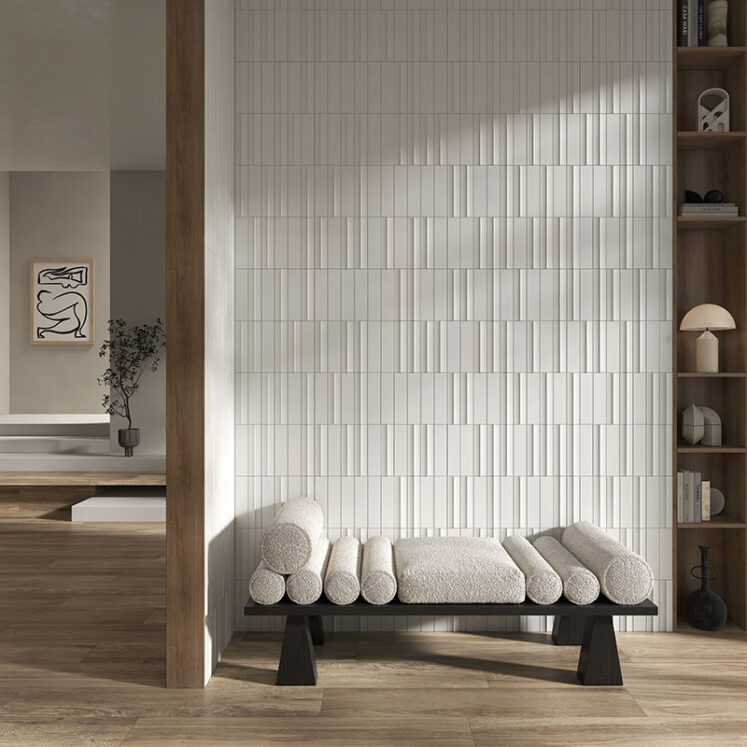
-
DIALOGO TRA MATERIA E ARTIGIANALITA’
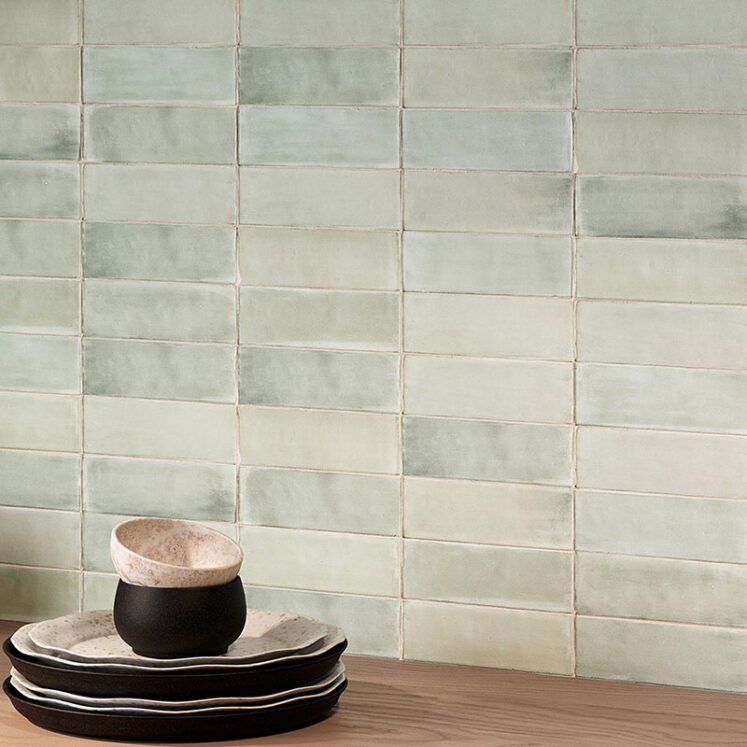
-
TBRICK: UN PICCOLO FORMATO BRILLANTE
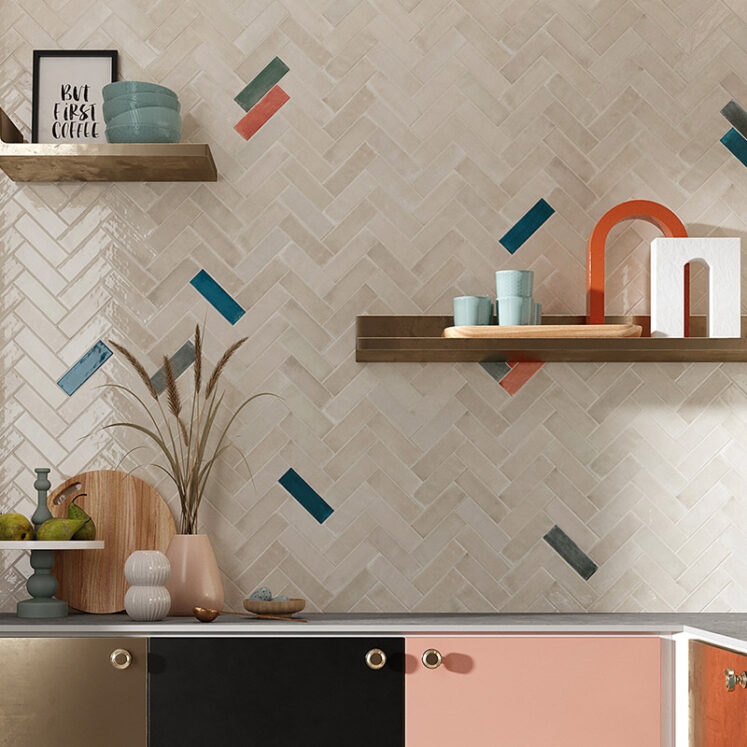
-
MEMORIE, POLICROMIE E SFUMATURE VINTAGE
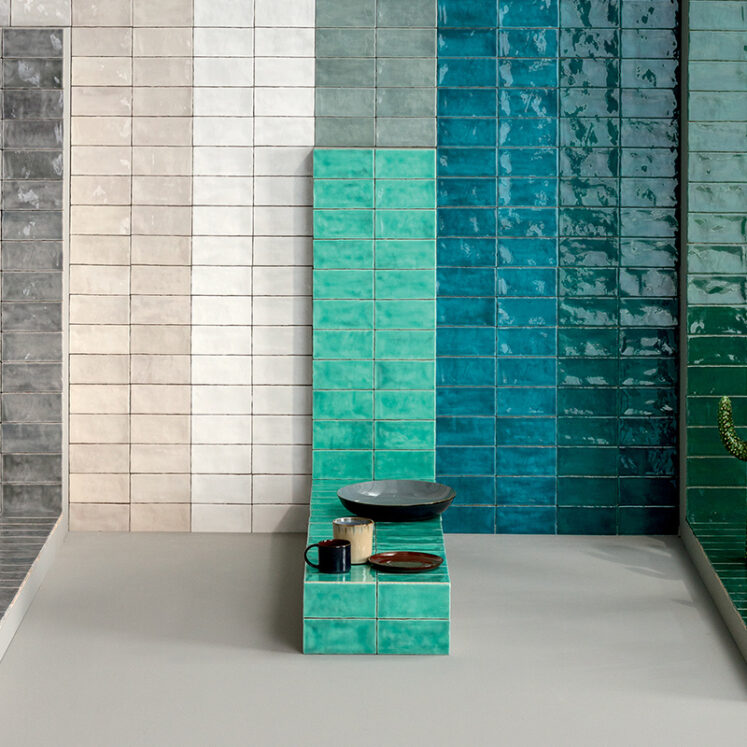
-
LA VIRTU’ DELLA MEMORIA
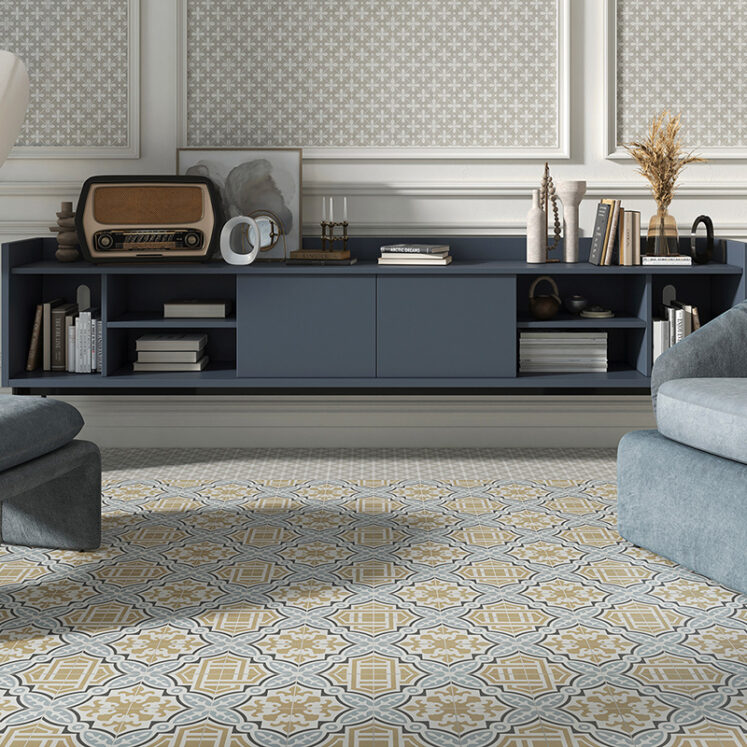
-
L’EREDITA’ ARTIGIANALE DELLA CERAMICA
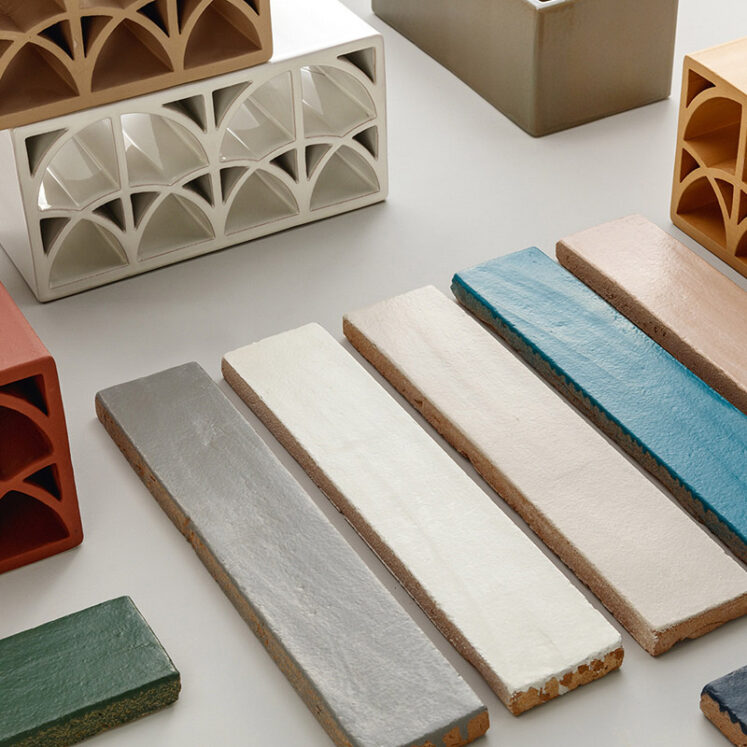
-
MATERICI: TRADIZIONE CERAMICA E DESIGN
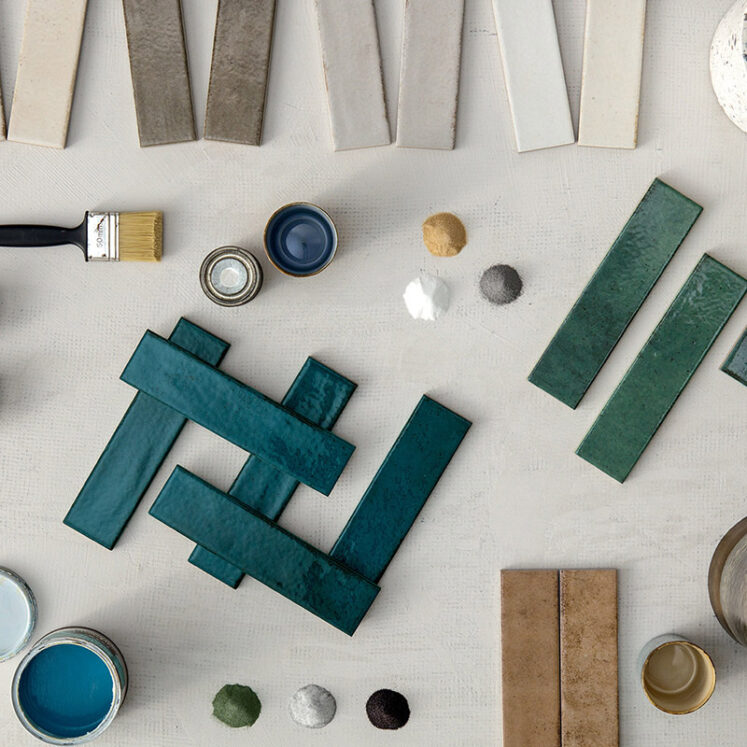
-
MAR: UN OMAGGIO ALLA TRADIZIONE
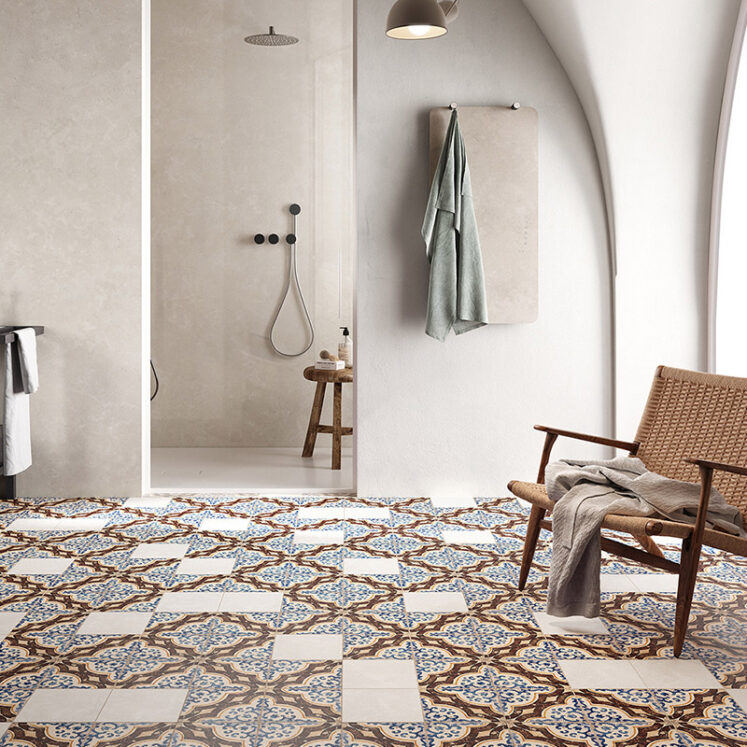
-
AVANGUARDIA URBANA E SPLENDORE DI CAMPAGNA
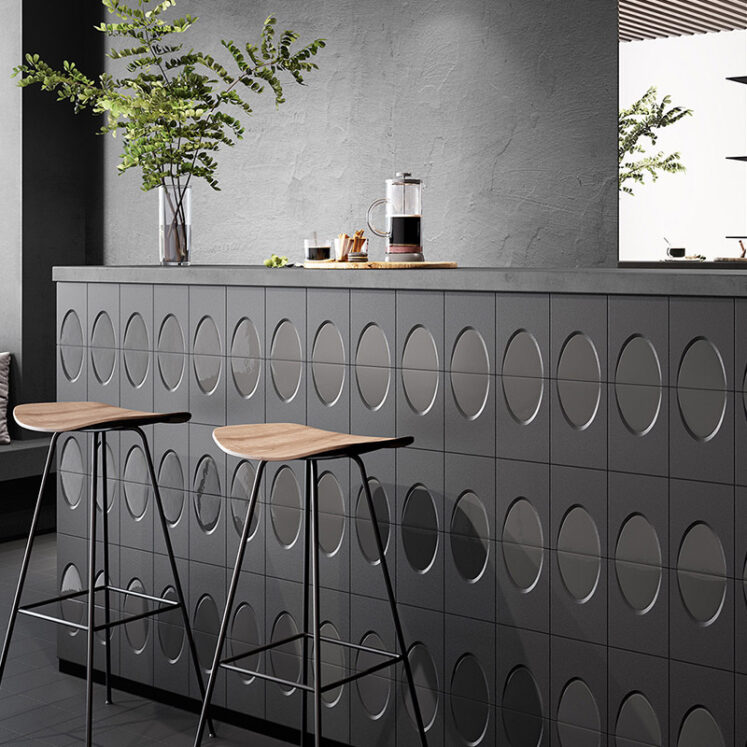
-
LA TRADIZIONE RINNOVATA DAL COLORE
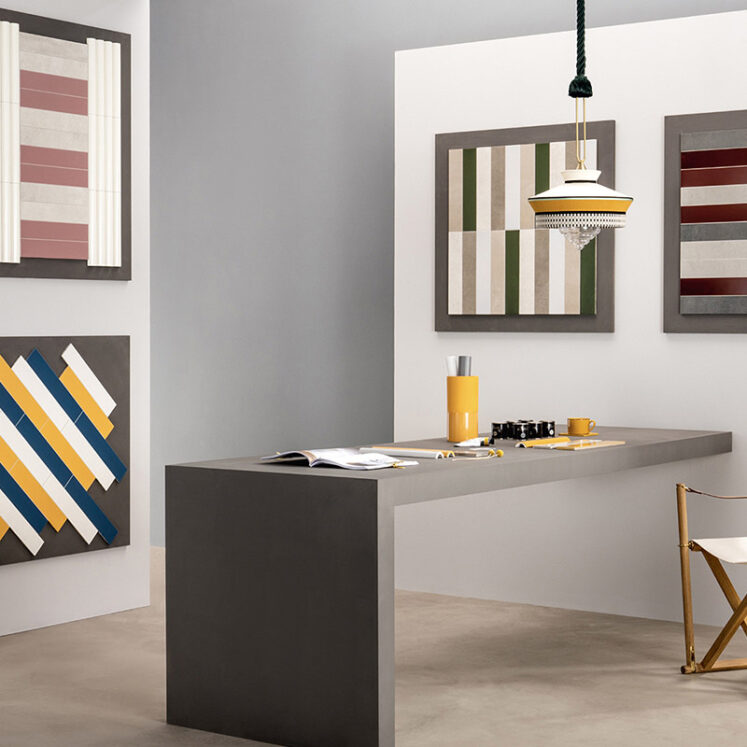
-
SCENARI: RIVESTIMENTI RICCHI DI COLORE
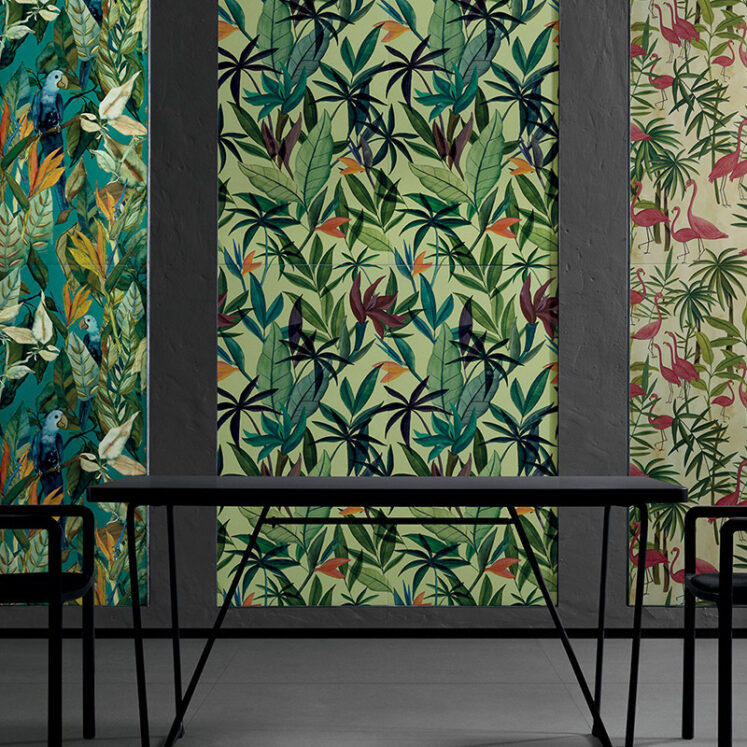
-
LA CREATIVITA’ DA FORMA ALLA MATERIA
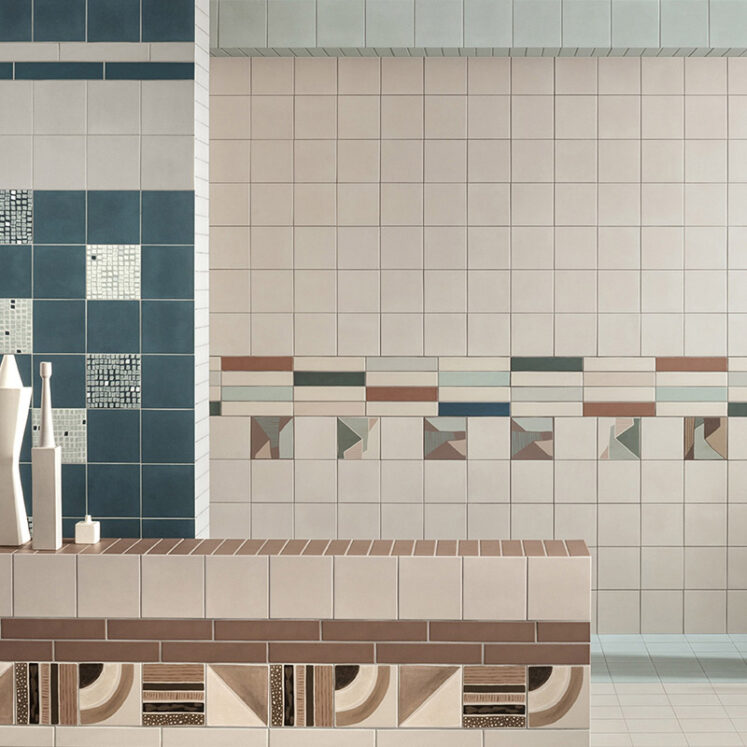
-
ARTIGIANA: COLORE, GEOMETRIA E TRIDIMENSIONALITA’
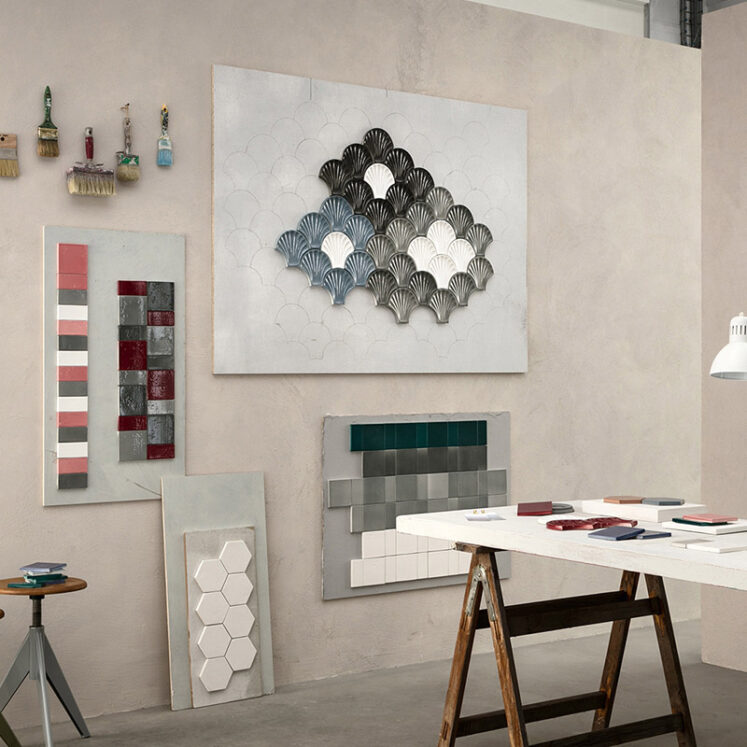
-
UNA COLLEZIONE DA FAVOLA
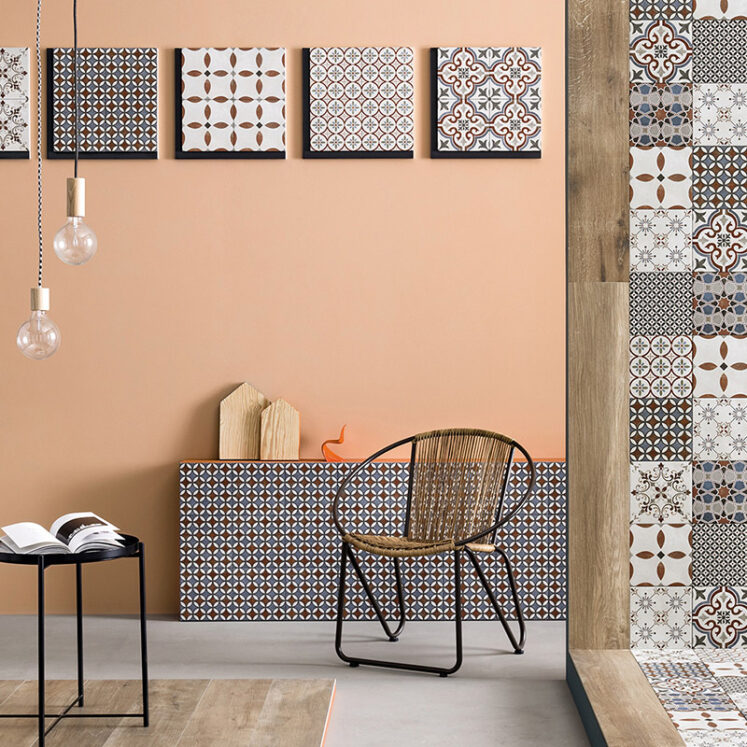
-
VERNICI: COLORI DA SCOPRIRE
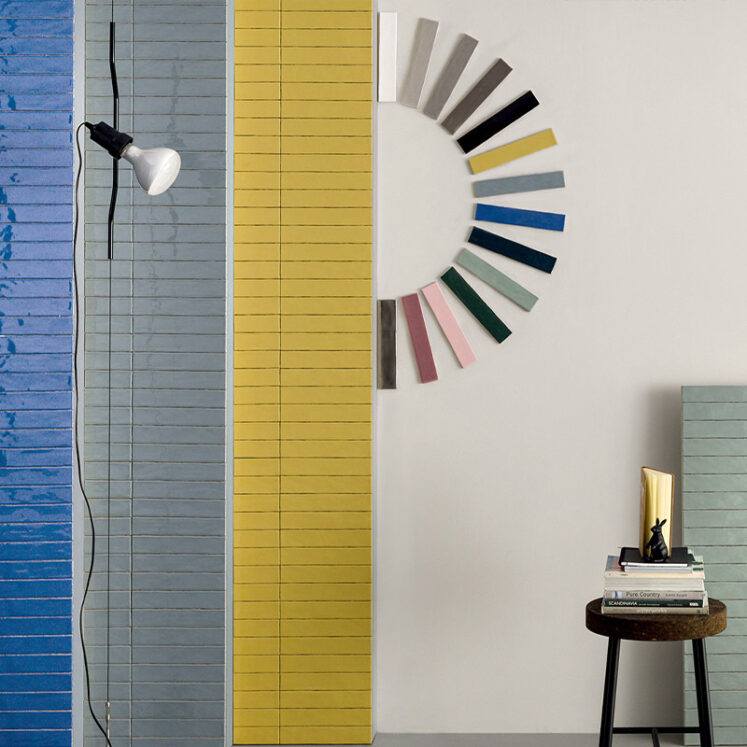
-
UNA COLLEZIONE, DUE LOOK DISTINTI
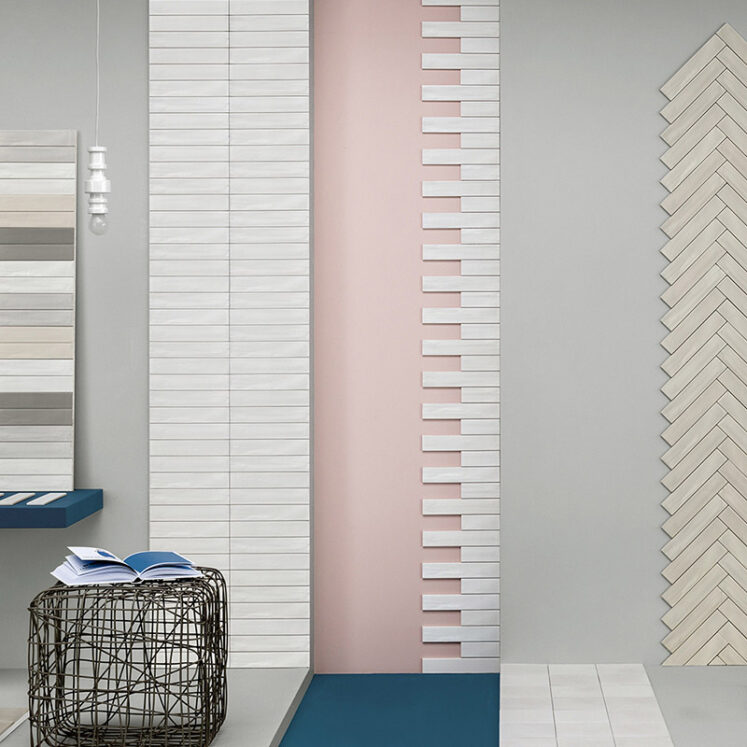
-
IL PICCOLO FORMATO DAI COLORI MODERNI
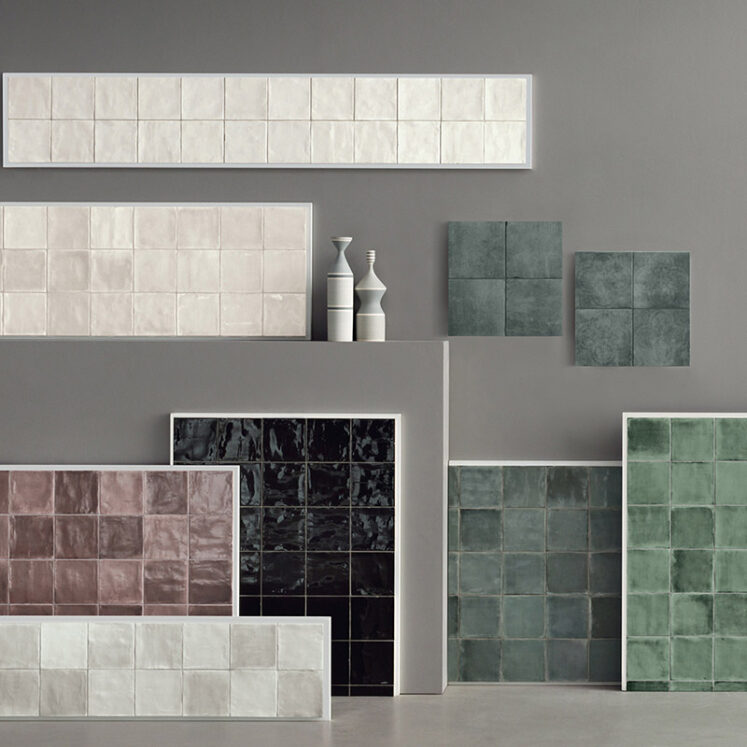
UN PROGETTO PER
CHI AMA
L’ESPRESSIONE CREATIVA
Crediamo in un mondo in cui lo spazio si adatta alle persone.
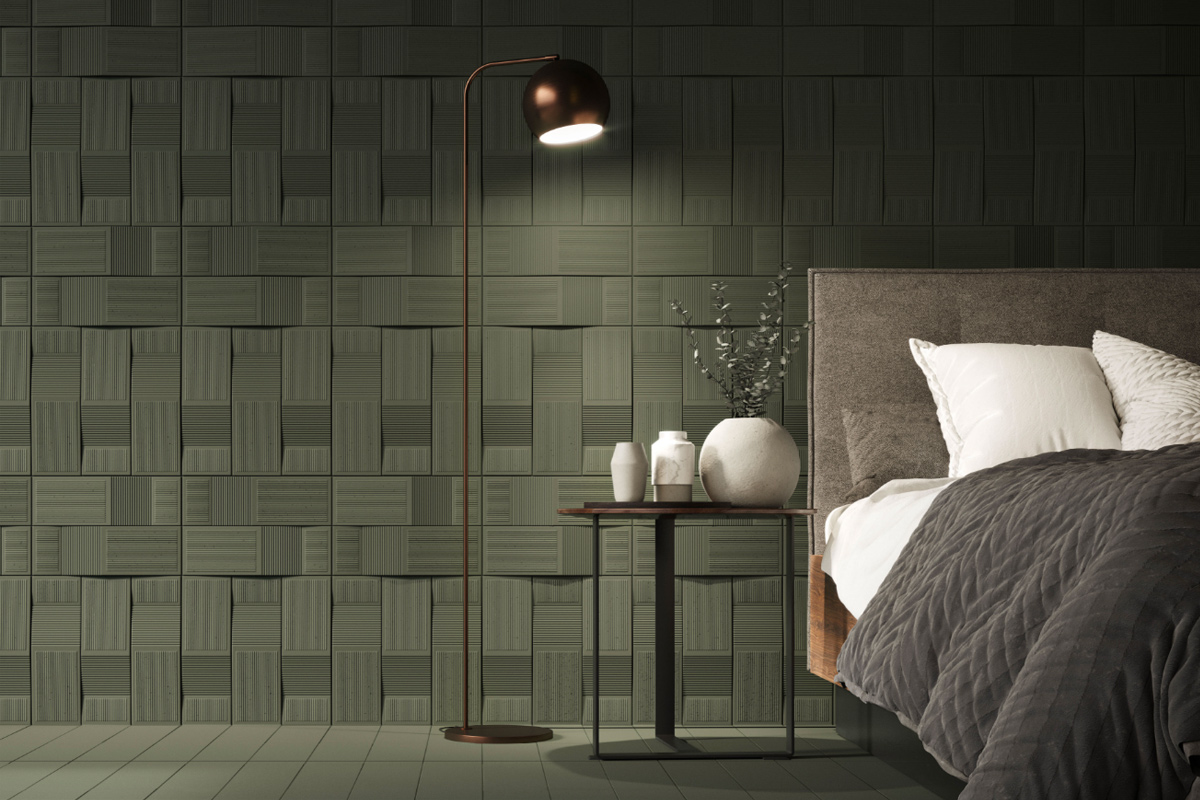
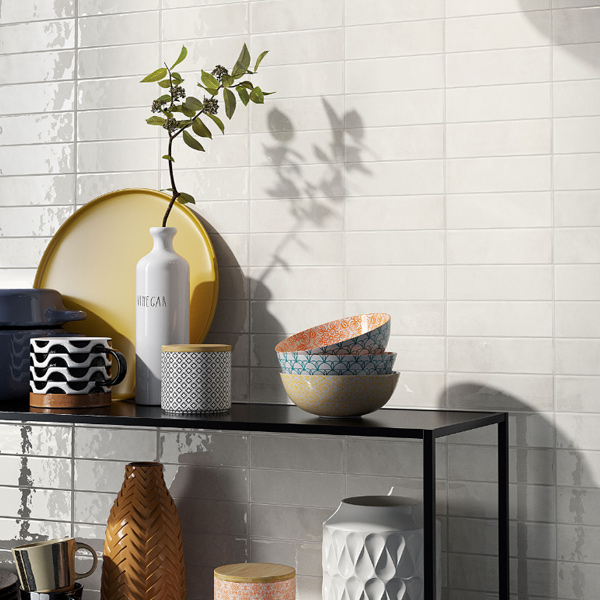
La perfezione nella semplicità
Abbiamo preso gli stessi elementi che abbiamo avuto sotto gli occhi fino a ieri e li abbiamo reinterpretati secondo una nuova idea di spazio.
I colori della natura
Sartoria è il fascino del prodotto artigianale, la bellezza dell’imperfezione, un concetto che unisce tradizione e innovazione per reinterpretare l’arte di arredare gli spazi.
Un nuovo stile
Dai rivestimenti in pasta bianca alle piastrelle in gres porcellanato, diverse opzioni pensate per ogni spazio: un design unico, una scelta tra stili, una scelta di stile.
ARTIGIANA
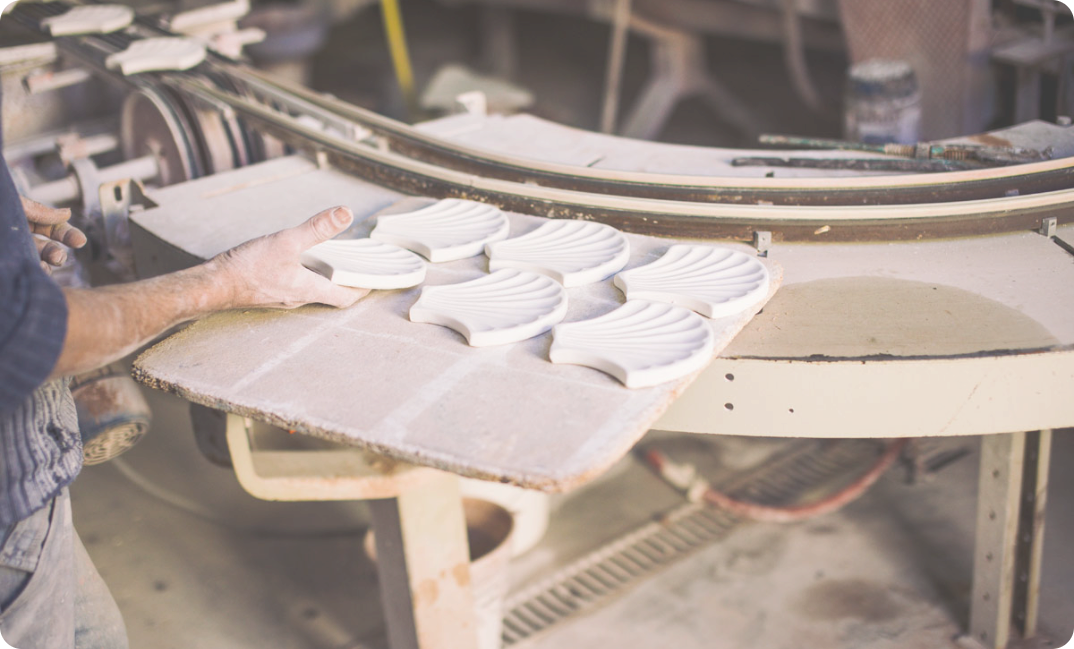
Il Laboratorio Artigiana produce piastrelle fatte a mano frutto di ricerca, ispirazione, cura e attenzione. Le nostre radici sono semplici e risiedono nelle tecniche artigianali più antiche, la cui evoluzione ha portato la ceramica a nuovi traguardi.
PROGETTI
-
CAFFETTERIA AZIENDA COREVA, BRÉCÉ (FRANCIA)
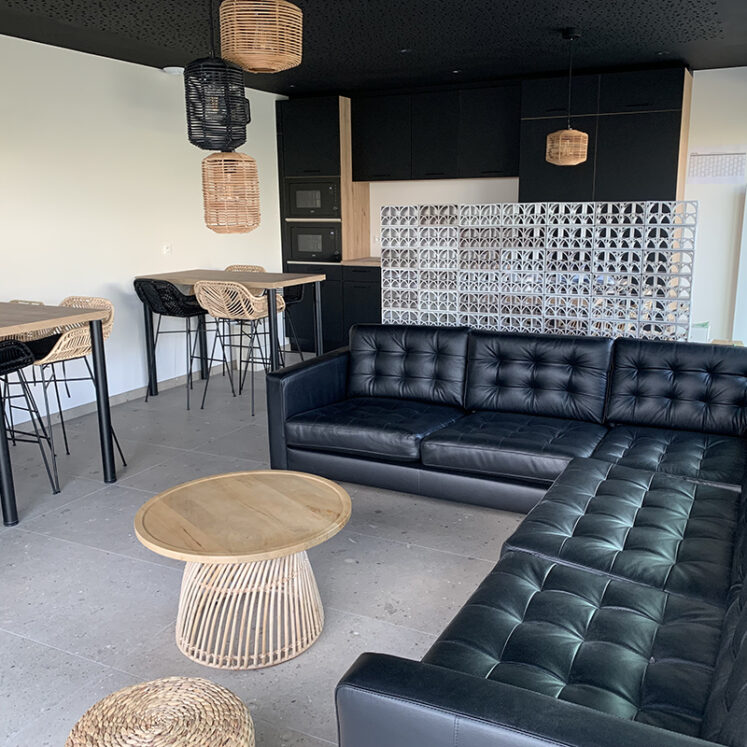
-
ABITAZIONE PRIVATA, ITALIA
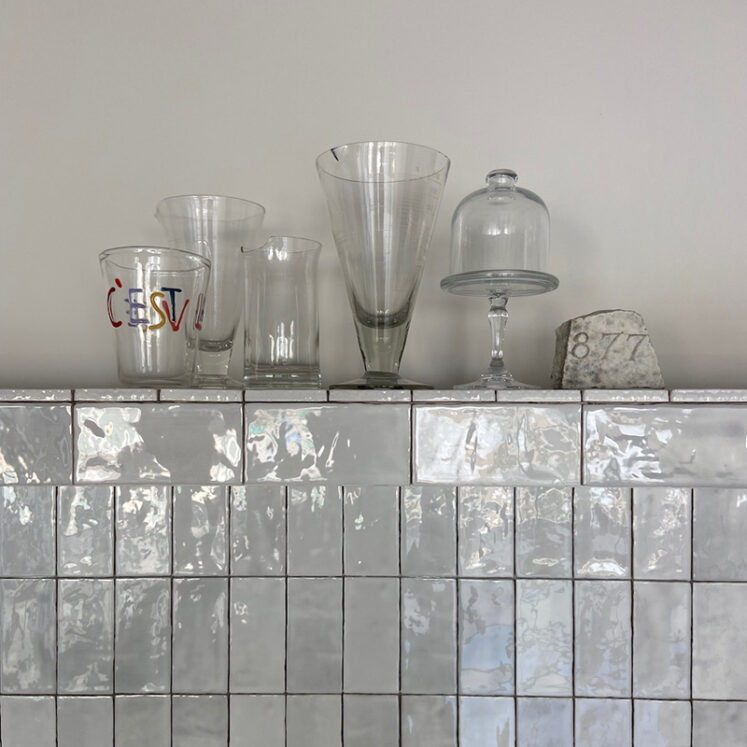
-
RHYTON WELLBEING SUITES, NAXOS (GRECIA)
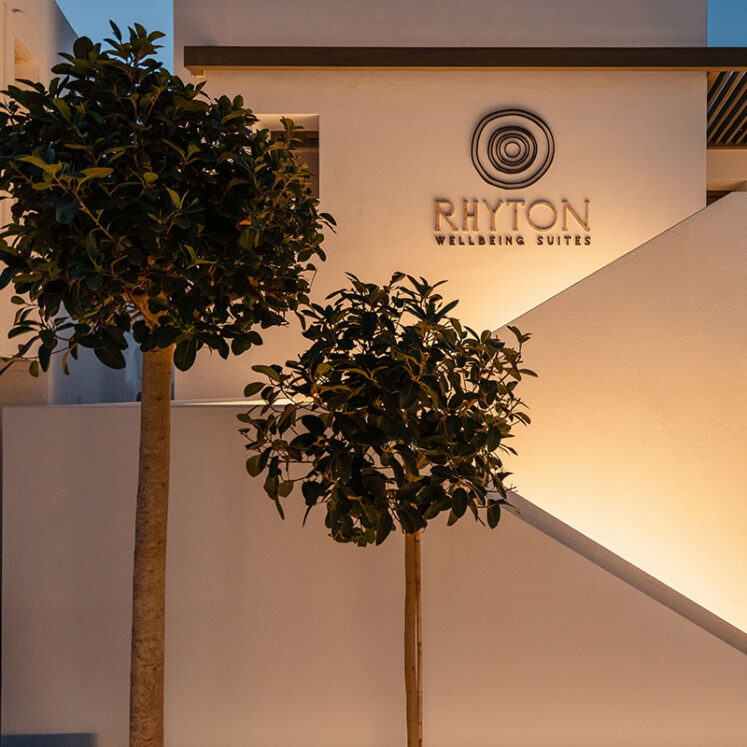
-
RHYTON WELLBEING SUITES, NAXOS (GREECE)

-
CIBOÒ PIZZA & CUCINA URBANA, FOGGIA (ITALIA)
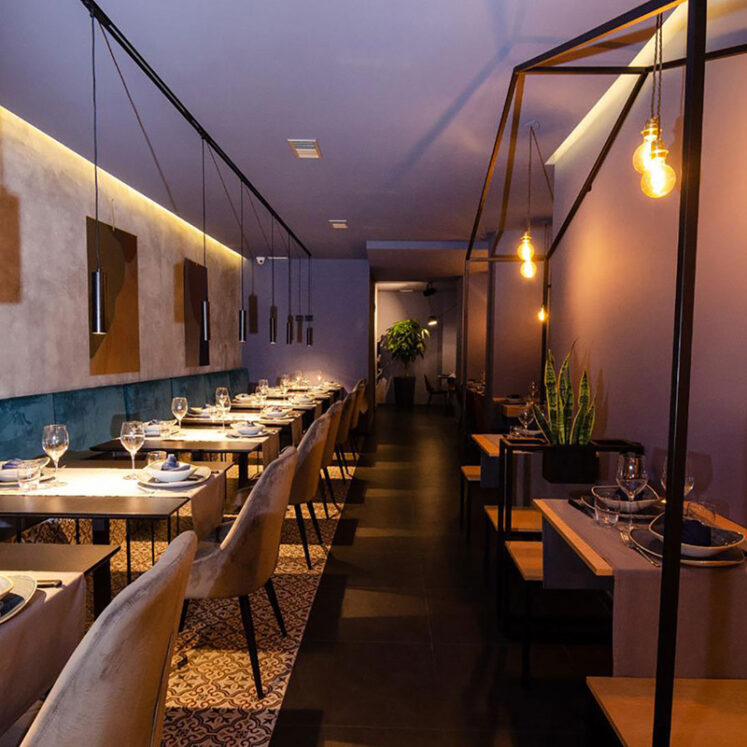
-
UFFICI ANNABELLE MAGAZINE, ZURIGO (SVIZZERA)
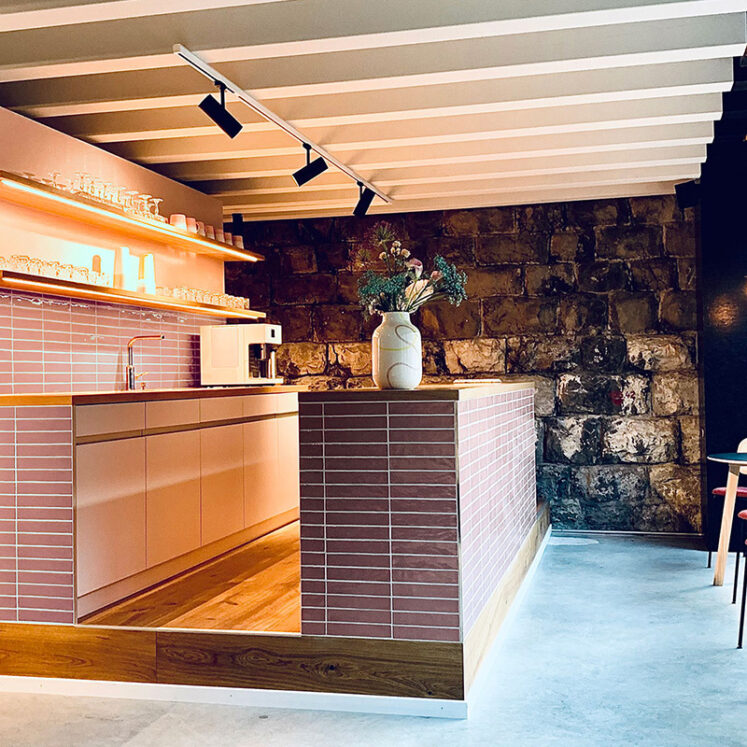
-
ABITAZIONE PRIVATA, VARSAVIA (POLONIA)
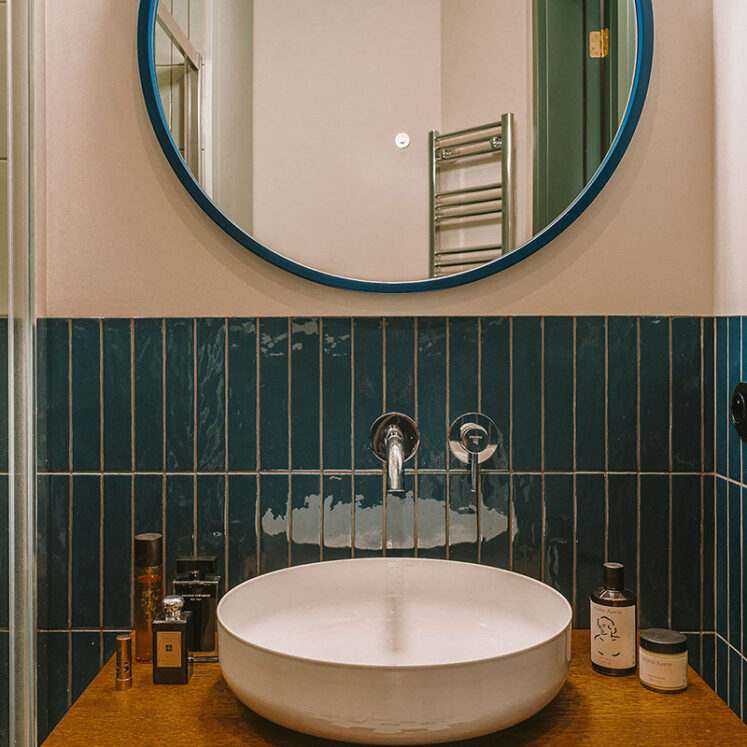
-
PARKING GARAGE, SCHEVENINGEN (PAESI BASSI)
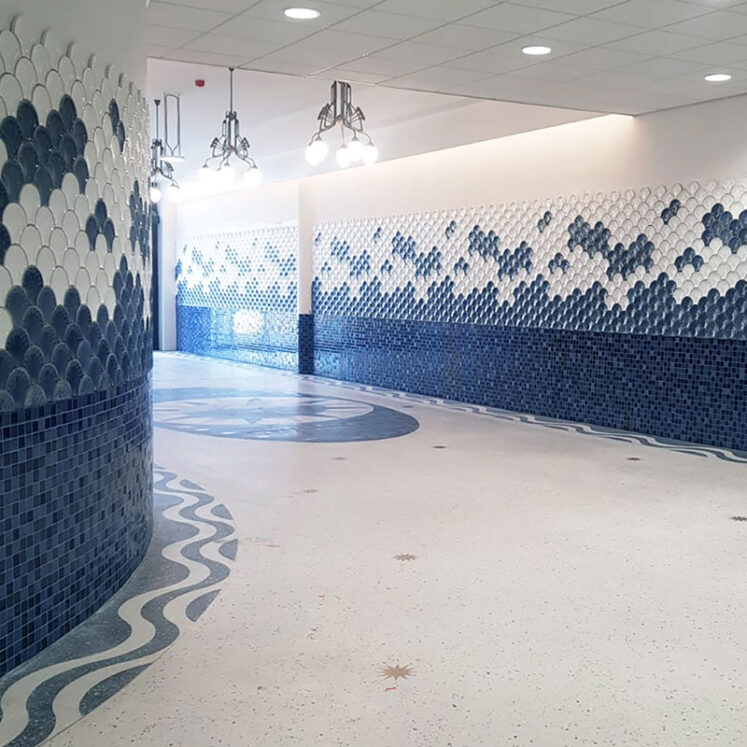
-
ABITAZIONE PRIVATA, MILANO (ITALIA)
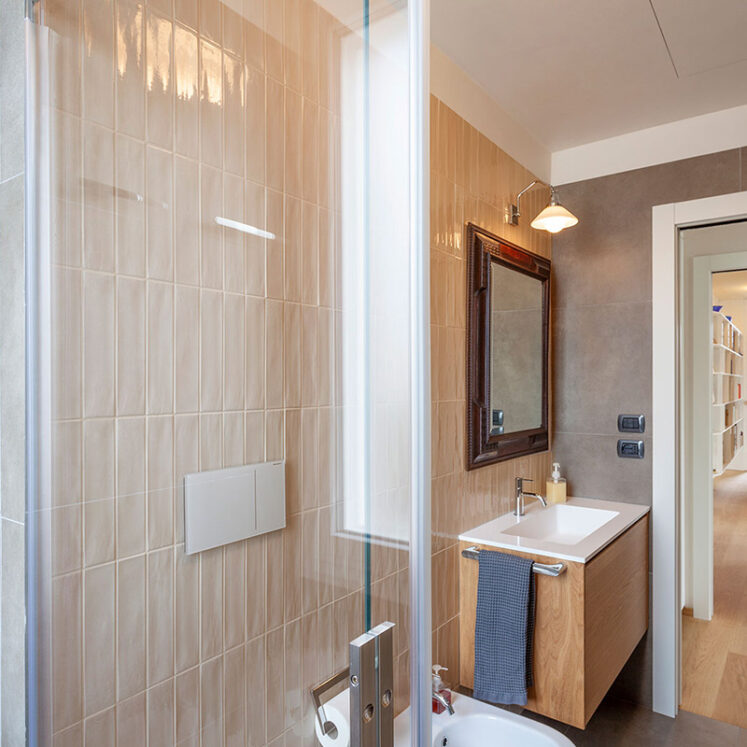
-
BAR BOUFFE, GENK (BELGIO)
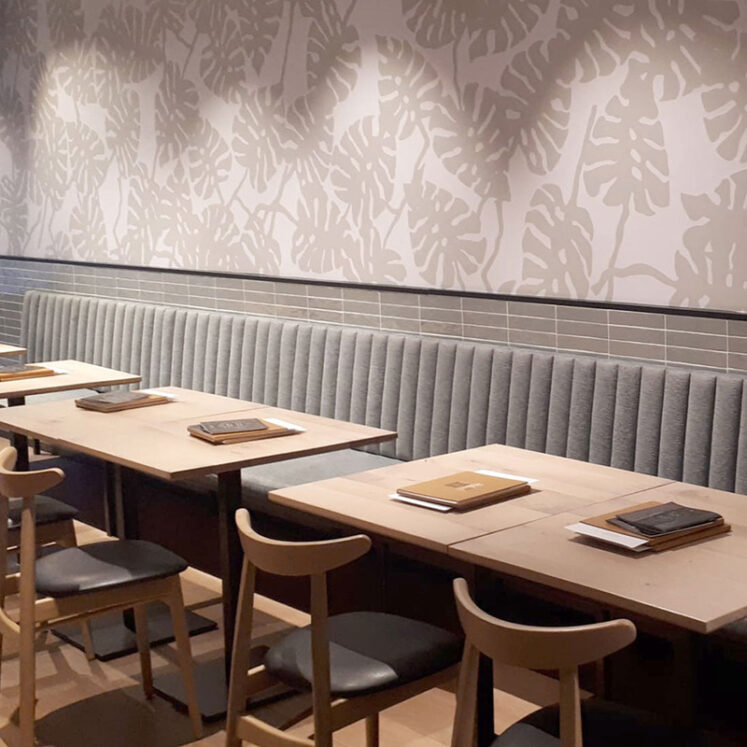
-
ABITAZIONE PRIVATA, ROMA (ITALIA)
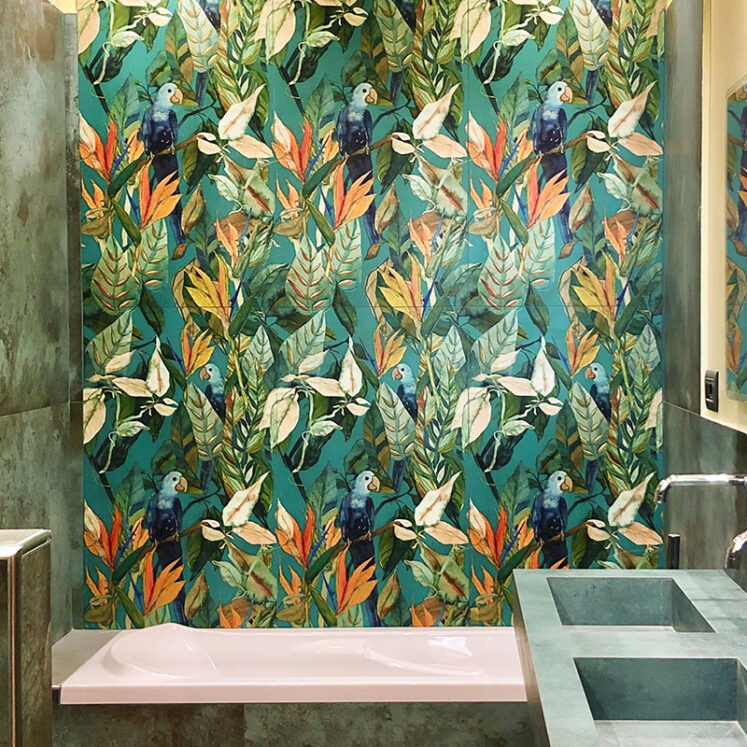
-
ABITAZIONE PRIVATA, AUGUSTA (GERMANIA)
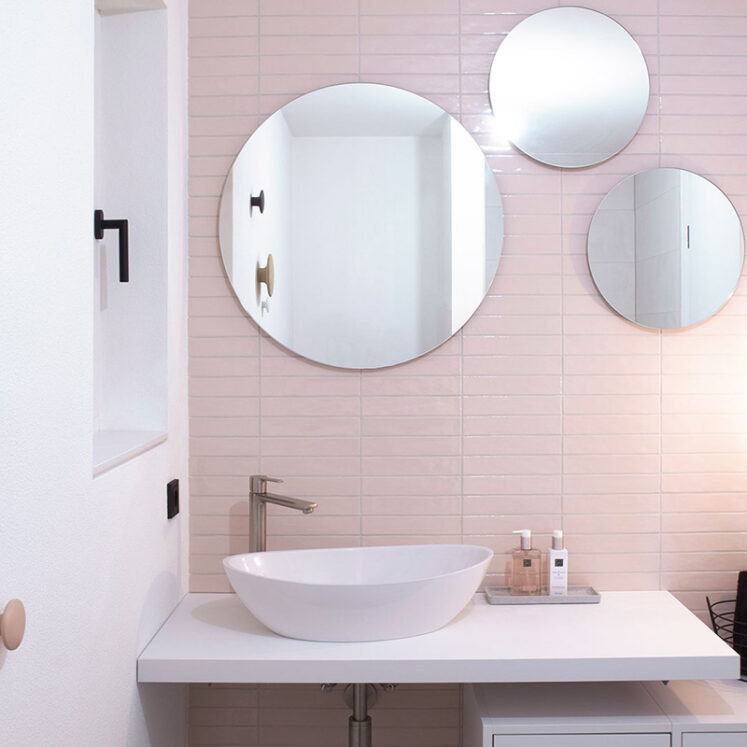
-
APPARTAMENTO FAM, MILANO (ITALIA)
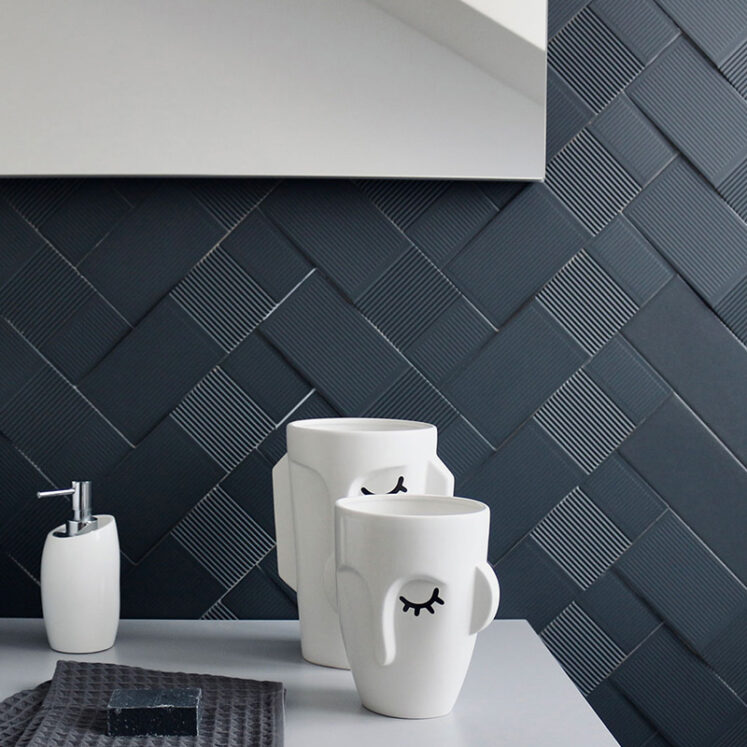
-
ABITAZIONE PRIVATA, DONNALUCATA (ITALIA)
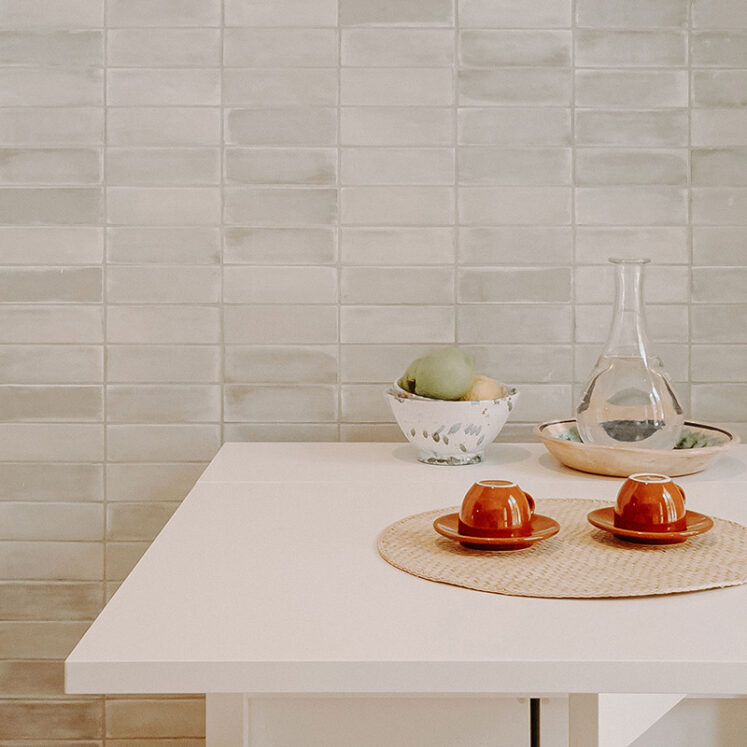
-
TRENTANOVE RESTAURANT, HASSELT (BELGIO)
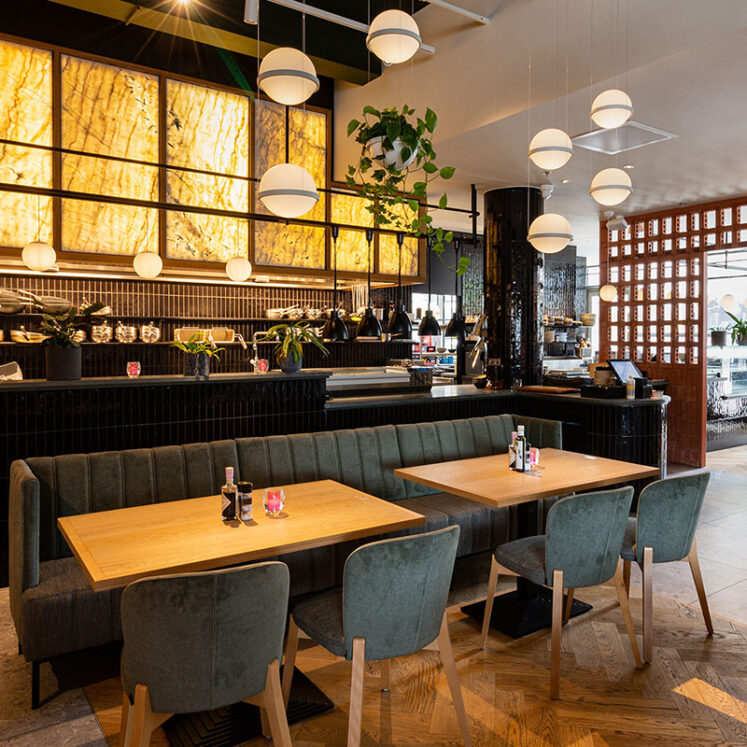
-
APPARTAMENTO PRIVATO, MILANO (ITALIA)
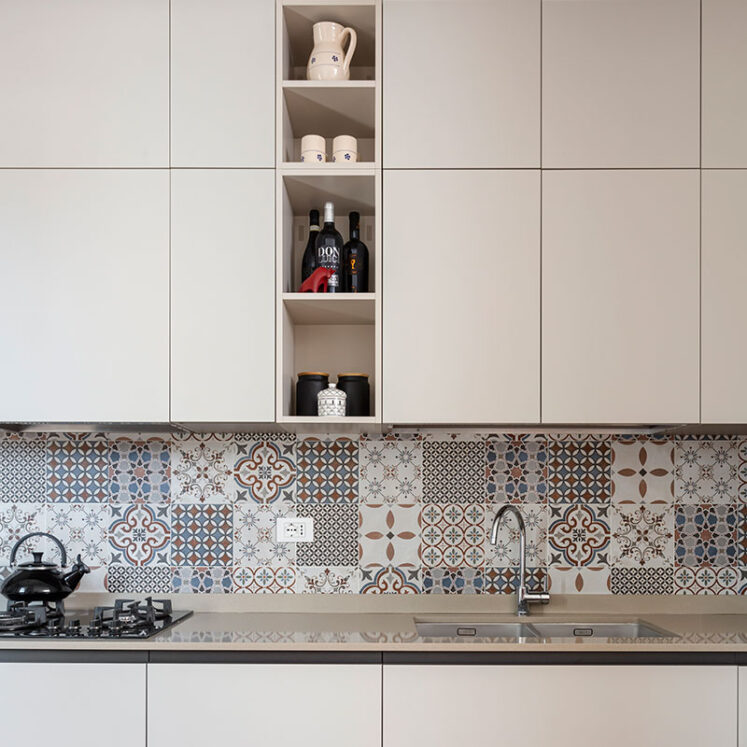
-
PRIVATE HOUSE, ITALY

-
CAFETERIA COREVA COMPANY, BRÉCÉ (FRANCE)

UN PICCOLO GESTO PER LA SOSTENIBILITÀ
Se non stai navigando o ti sei allontanato dal computer, con questa schermata consumi meno energia. Per riprendere la navigazione è sufficiente cliccare un punto qualsiasi dello schermo.